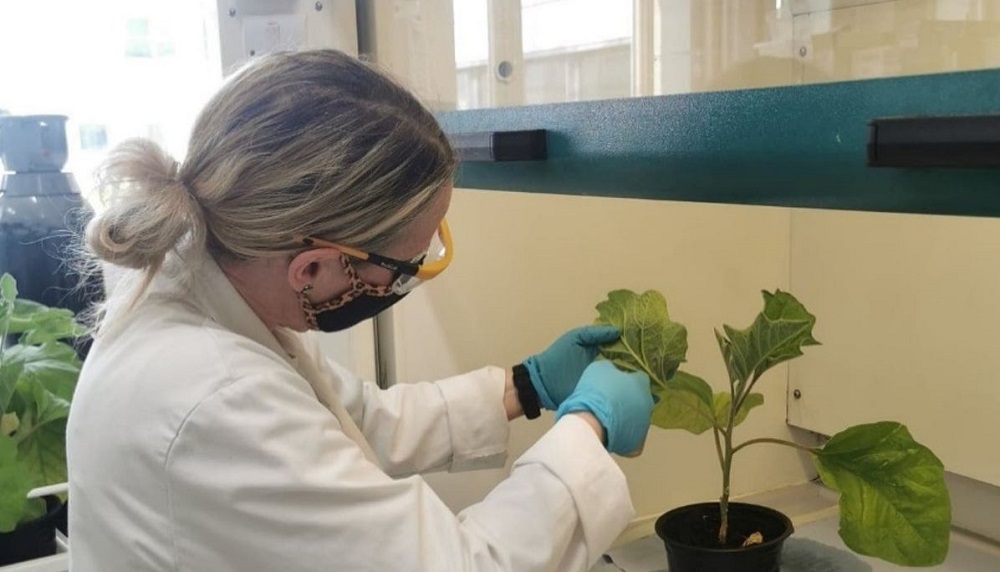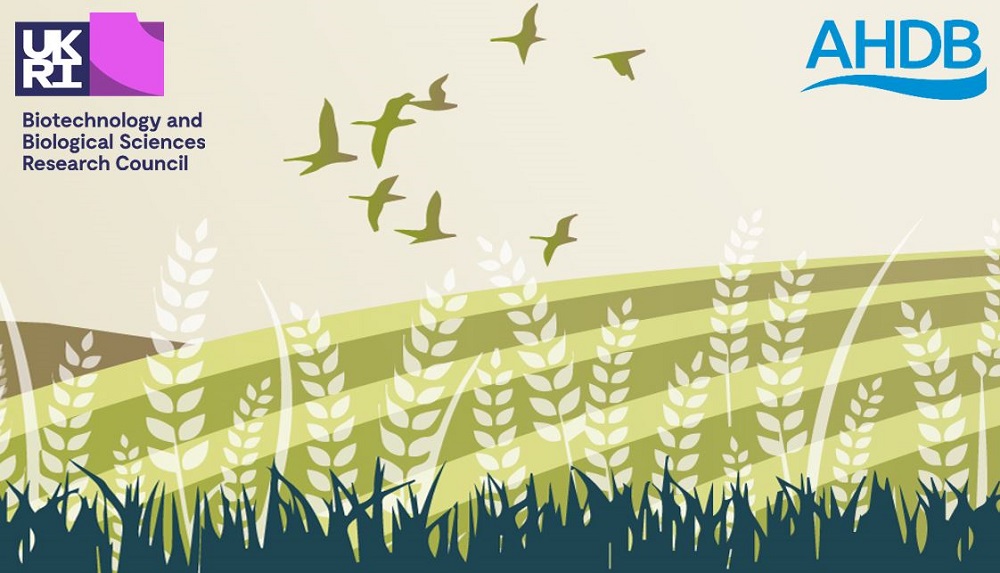- Home
- Knowledge library
- Best-practice for tank-mixing biopesticides (AHDB/BBSRC net-zero partnership)
Best-practice for tank-mixing biopesticides (AHDB/BBSRC net-zero partnership)
Summary
Biopesticides formulated from live insect pathogens offer control options for insect pests as part of integrated pest management (IPM) programmes and reduce reliance on chemical insecticides.
They can also limit the ecological harm associated with some chemical products.
One ecological benefit of biopesticides is that they can have relatively high target-specificity compared to many conventional chemical products, leaving non-target insects unaffected.
However, this specificity brings a practical drawback: a wider range of products may be needed to protect crops against the full range of insect pests that threaten production.
Farmers and growers may be able to improve efficiency of biopesticide application by tank-mixing products and applying them simultaneously. However, few biopesticide tank-mixing guidelines exist.
Furthermore, when insects are simultaneously affected by two different pathogens, both synergistic and antagonistic interactions can occur, meaning the effect of biopesticide tank-mixing on control-efficacy may be unpredictable.
We surveyed the biopesticide tank-mixing practices of UK horticultural growers.
Results indicated that use of tank-mixes containing two products based on live pathogens that target insects is not widespread. Where products were tank-mixed, growers had not seen obvious impacts on efficacy.
In laboratory experiments, we simulated tank-mixing for pairwise combinations of four commercial biopesticides targeting either whitefly (Trialeurodes vaporariorum) or tomato leafminer (Tuta absoluta).
Products targeting these pest insects were unaffected by mixing with a second biopesticide; moreover, combining two products targeting the same insect did not increase the pest mortality achieved.
We undertook a literature survey and meta-analysis to assess general trends on whether pathogens, parasites and parasitoids cause antagonistic or synergistic effects when they infect arthropod hosts at the same time.
Analysis of over 1,100 effects clearly demonstrated that strong antagonism was rare; on average, mortality increased slightly during combined infections, but the effect was less than additive.
We caution that our experimental data and most studies in our meta-analysis were conducted under laboratory conditions, and may not be representative of results in the field.
Nevertheless, this research provides an evidence base that tank-mixing of biopesticides is unlikely to frequently compromise their pest control efficacy.
Horticultural growers may be able to exploit this result to improve biopesticide application efficiency.
Farmers, growers, agronomists and biopesticide producers should use this knowledge to consider the role of tank-mixing in the design of biopesticide-based IPM programmes.
As biopesticides begin to be deployed in open field settings in the UK, those conducting field trials may want to use these findings when considering the benefits of applying products as tank-mixes.
AHDB/BBSRC net-zero partnership
*This project was part of an AHDB/BBSRC partnership that aimed to support the agricultural transition to net zero. Project costs were met through BBSRC’s Farm Sustainability Fund. The partnership supported ten projects that addressed priorities identified by farmers, including ways to cut greenhouse gas emissions and increase carbon storage.



